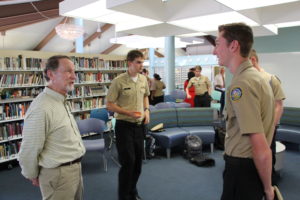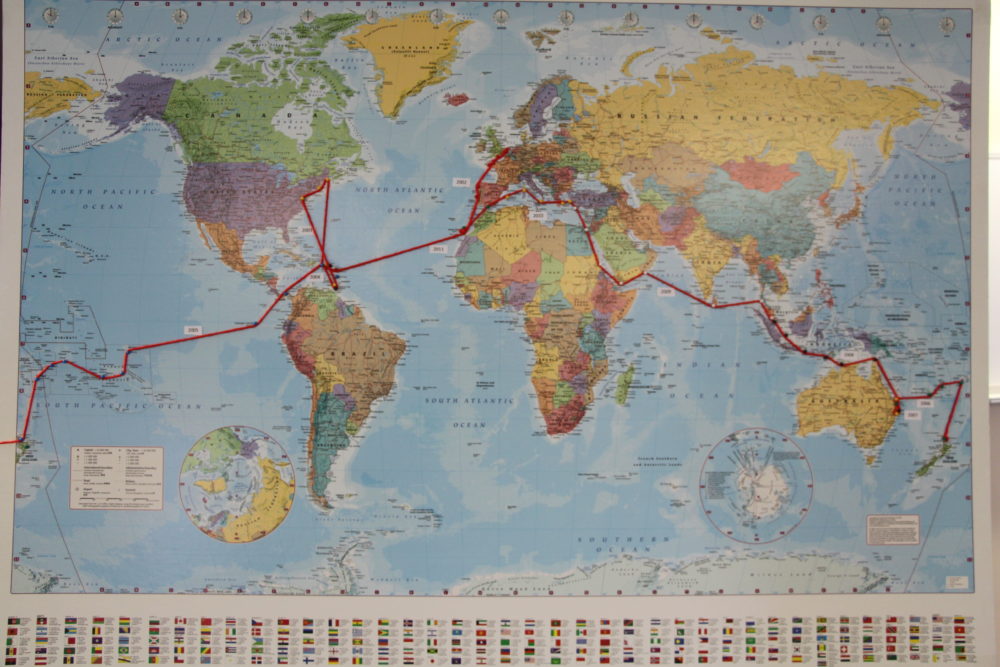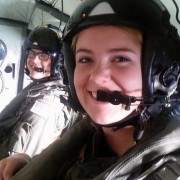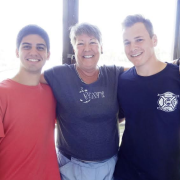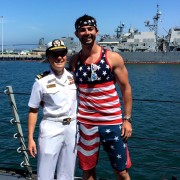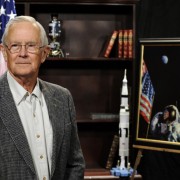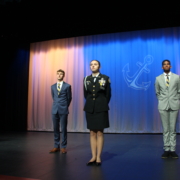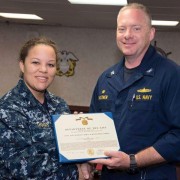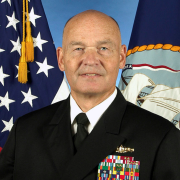Farragut inspires global sailing adventure: 8½-year voyage includes pirates, creatures and wondrous sights
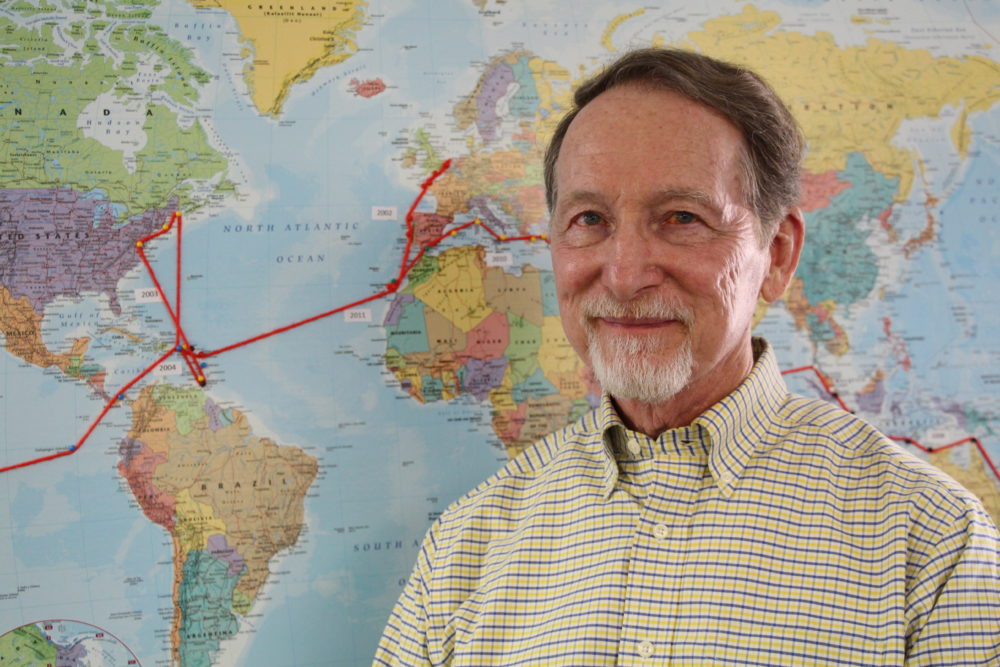
With 86 years of history, Farragut has seen its alumni do many amazing things. We’ve seen our graduates become Navy admirals, professional athletes, movie stars, and, famously, moonwalking astronauts.
Many alumni attribute their success to the skills they learned at Farragut, and 1966 graduate Tom Carbaugh is no exception.
Tom visited Farragut in February to speak to a group of sailing-minded upper school cadets about his nine years circumnavigating the globe on his sailboat. He hopes to inspire a greater love of sailing to Farragut students.
His own love for sailing was sparked by an ad in Field & Stream Magazine: “Attend Admiral Farragut Academy and learn how to sail.”
Tom, then living on a Pennsylvania cattle ranch, was hooked. His parents made arrangements for him to attend the St. Petersburg campus.
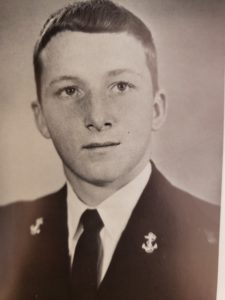
“You had to climb the ladder then,” he said. “You started out with learning knots and cleaning boats, then you’d work your way up through tender sailing, and by the time you graduated you’d have completed all phases of the sailing program.”
After he graduated from Farragut in 1966, Tom attended Pennsylvania State University, where he was a member of the Navy ROTC.
“What we were studying in our NROTC classes, we’d already learned at Farragut,” he said.
Tom then joined the Navy, where he was trained as communication, crypto, and electronic warfare officer. These experiences helped immensely when he got involved in the cable television industry, working in his later years with fiber optic technologies, lasers, and detectors.
Eventually, he formed a corporate conglomerate that supplied technology products to the cable TV industry. The conglomerate, under the name American Visions, Inc. was told to TVC, Inc. In 1999. The profits of that sale fueled their nautical dream — starting with a custom sailboat ordered from England. Tom and Gretchen selected the ocean-worthy Oyster 53, a 53-foot-long sailboat with an aluminum mast and thick dacron sails.
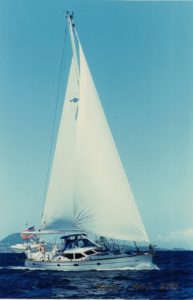
“I didn’t want stuff that broke easily,” he said. “I had to fix everything that broke. I learned to solder. I learned to maintain my own vessel.”
The Carbaughs picked up their boat in England in October 2002, sailed to the Canary Islands, and then embarked on a 17-1/2 day trip to Antigua in the Caribbean. They wintered there before sailing up to the Chesapeake Bay to visit family and friends and show them the boat. Then it was back down to the Caribbean for a year to learn the boat.
They did abandon-ship drills, sea recovery, and emergency sail-lowering drills among other things, just to be sure they were ready for the big trip across the world.
Then, in 2004, they set off through the Panama Canal, and from there to the Galapagos Islands.
“They’re just as magical as you’ve read about, with the Humboldt current pushing nutrients from the Antarctic Sea to the islands and feeding the incredible variety of sea life and terrestrial life,” he said.
At the same time, tourism is killing the islands: “Seeing all the trash and pollution in the water, it was a real shame.”
The route from the Galapagos Islands to New Zealand was the most beautiful part of their circumnavigation.
“This was probably the most pristine ocean we crossed in the whole world,” he said. “And the reason is that there are no people, and thus no pollution. The water was crystal clear.”
He had several stories from this stretch of ocean.
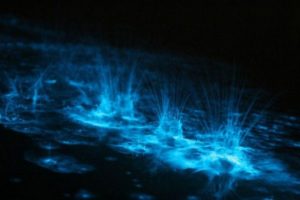
“The bioluminescence was incredible,” Tom said. “One night there was a storm on the horizon, and the lightning was crashing about 50 miles away, but the microorganisms were responding the the energy of the lightning and flashing right beside our boat. It was like a light show from nature.”

Another time he was on twilight watch and noticed that the horizon looked a little fuzzy. Even with binoculars, he couldn’t make it out. Intent on solving the mystery, he moved closer.
It was white marlins, each about 10-12 feet long, in a feeding frenzy.
“There were so many, as far as the eye could see,” he said. “You’ll only see that in the open ocean.”
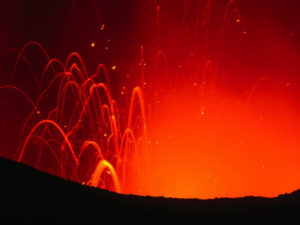
They visited several small islands in the South Pacific, including Vanuatu, where they were able to get up close and personal with Mount Yasur, an active volcano.
By then, it was time for a break. They made landfall in New Zealand and spent six months in the country and its surrounding islands. Still not done with that region (down under), they spent another 18 months in Australia.
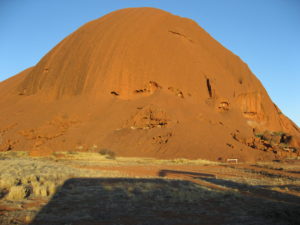
In Australia, they visited incredible natural sites such as Ayers Rock and the Great Barrier Reef.
Finally, they left Australia and sailed to Indonesia, where they visited a local village school. Though the children were learning English, communication was difficult.
“Then,” he said, “my wife had an idea. Let’s sing ‘Old MacDonald’! We started singing, and you’d have thought we were rock stars. The kids just went crazy, cheering and yelling. It worked really well.”
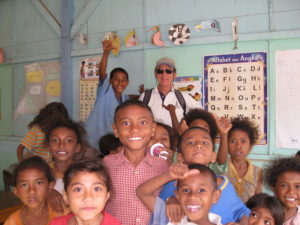
At this point in their journey, they had a decision to make. Should they go south around the tip of Africa, or should they go north through the Red Sea and the Suez Canal? They chose north.
“We wanted to see the Mediterranean,” he said.
Unfortunately, this path took them along the coast of Yemen, known as Pirate Alley. (The Tom Hanks film Captain Phillips was based on a true event that happened in the area — about three weeks after Tom and a volunteer crew passed through.)
“We took every precaution but they still found us on our first day,” he said.
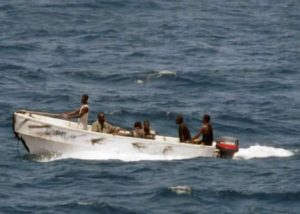
Tom was immediately suspicious. “These guys approached us with a 250-horsepower Yamaha on a 30-foot skiff, and since I was 15 feet up off of the water and could see that there was no fishing gear in their boat, I knew they weren’t fishermen. I waved them off so they wouldn’t approach, and somebody was looking out for me because they decided to not attack.”
After four more days of sailing through Pirate Alley they made it into Aden, Yemen, and celebrated their successful adventure.
Six months later the U.S. government announced that the area was the main training area for the terrorist organization Al Qaeda.
“We went from the frying pan into the fire and we didn’t even know it,” Tom said. “We were very fortunate we didn’t have any incidents. If I were making the decision today I definitely would’ve gone around South Africa.”
He arrived in Turkey where he met back up with his wife, who had wisely decided to sit out the Pirate Alley leg of the trip. In 2011, they finished their journey in the Mediterranean.
After such an incredible odyssey, Tom had important tips for the young Farragut sailors in the audience.
Number one: Do your homework.
“For instance, when you come out of Panama, the further south you get, the stronger the tradewinds get, but you lose the South Equatorial Current,” he said. “With that current, even if you’re only averaging six to seven knots in the sails, you can pick up an extra knot in the current, and that’s a big deal.”
Number two: Don’t rely on technology.
Electronics can fail. Aluminum masts attract lightning.
“You’ve got to know how to navigate by the compass and the stars,” Tom said, “and I learned that right here at Farragut.”
